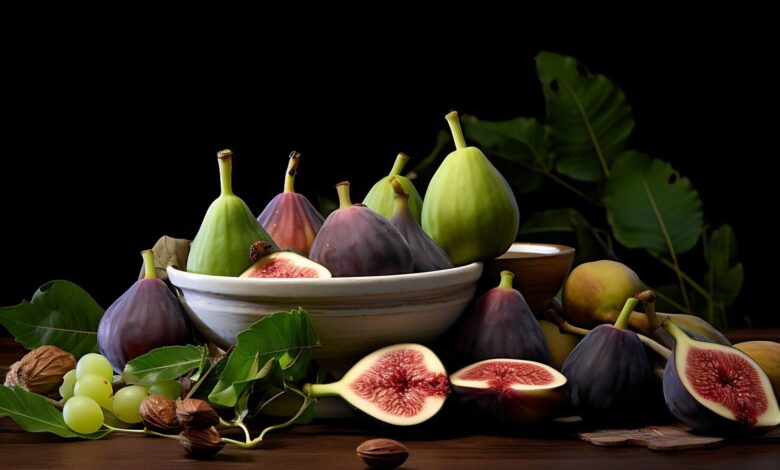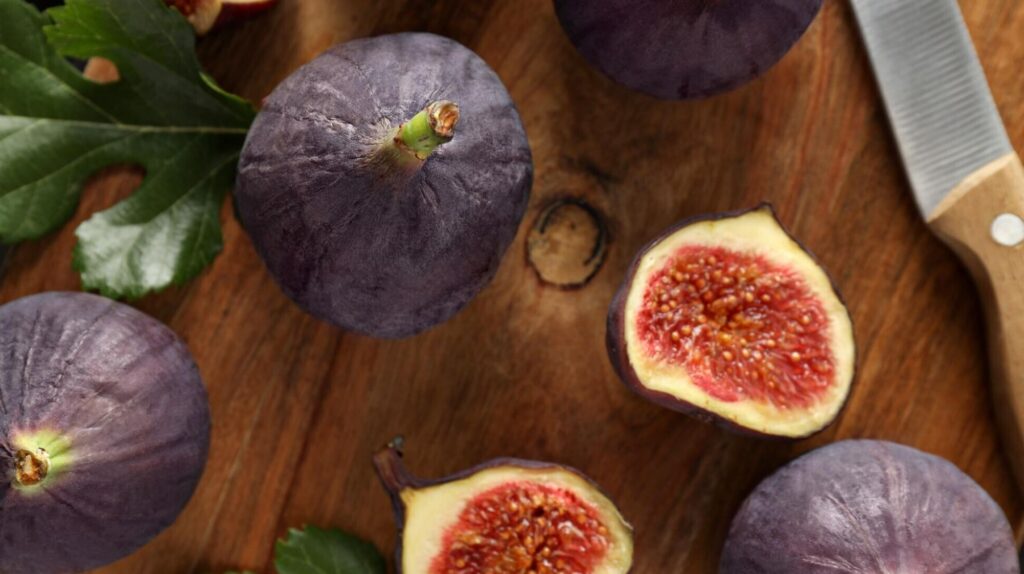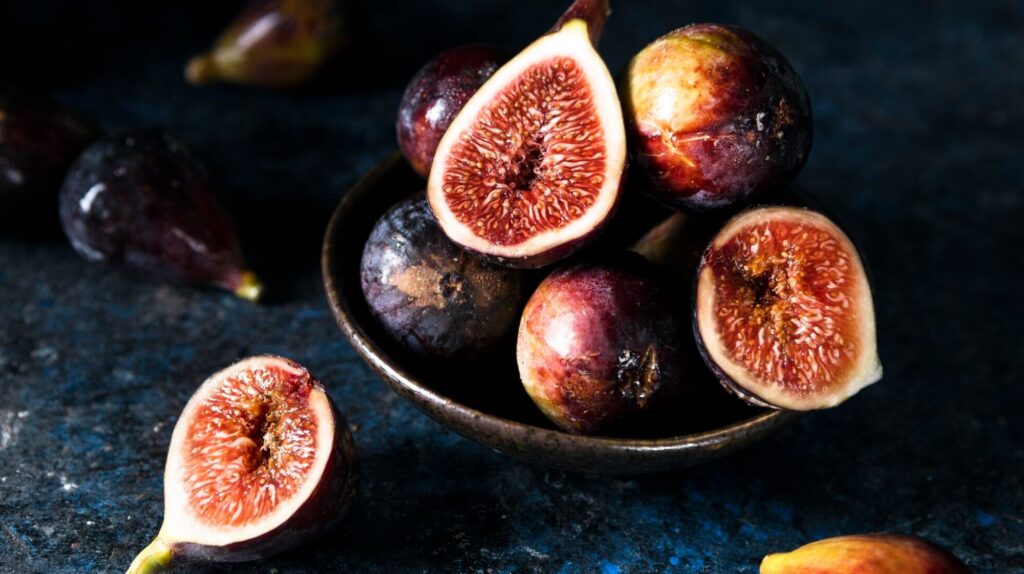The Mystique of figù: A Journey Through History, Culture, and Flavor

A dance between sunlight and soil, and within that dance blooms the figù—a fruit both ancient and ageless. With a tender sweetness that whispers of the earth’s core, figù carries within its flesh not just nourishment, but stories of civilizations, spiritualities, and human connection. This article embarks on a poetic exploration of figù, a fruit that transcends time, culture, and geography, capturing the heart of those who savor its taste.
The Origins of Figù
Historical Roots: A Glimpse into Figù’s Past
Figù, though humble in appearance, has roots that plunge deep into the soil of ancient civilizations. Believed to have been cultivated as far back as 5,000 BCE, the figù tree has been revered for its resilience and bounty. The fruit found itself intertwined with the early settlements along the Mediterranean, where it was cherished as both sustenance and symbol.
Cultural Significance: Figù in Ancient Traditions
From the deserts of Mesopotamia to the bustling streets of ancient Rome, figù was a dietary staple and a subject of reverence. In Egypt, it was believed that trees grew in the land of the dead, offering eternal nourishment. The fruit became a symbol of fertility and abundance, featured in religious rites and depicted in sacred art.
The Unique Flavor Profile
Sweet and Earthy: The Taste of Figù
Figù offers a dance of contrasts on the palate—sweet yet earthy, tender yet textured. Its flesh holds a honeyed richness that complements the fruit’s slightly gritty skin, creating an experience both luxurious and grounded. It is this complexity that has allowed figù to endure as a beloved culinary ingredient for millennia.
Figù as a Symbol of Nature
Beyond its flavor, symbolizes a harmonious relationship with nature. Its branches provide shelter for birds, its fruit nourishes many species, and its leaves, broad and generous, are often seen as emblems of growth and renewal. To savor figù is to partake in the rhythms of the earth itself.

Figù’s Role in Wellness
Health Benefits of Figù
In the age of wellness, has emerged as a quiet powerhouse. Rich in fiber, vitamins, and minerals, it supports digestive health, aids in maintaining a healthy weight, and even helps regulate blood sugar levels. Its antioxidant properties also offer protection against inflammation, making it a favorite in modern wellness circles.
Traditional Medicinal Uses
Long before modern science unlocked nutritional secrets, ancient healers harnessed its medicinal properties. In traditional medicine, was used to treat ailments ranging from digestive issues to respiratory conditions. Figù leaves were also applied to wounds, offering a natural remedy for healing.
Figù Across the World
in Mediterranean Culture
In the Mediterranean, where thrives under the warm sun and coastal breezes, the fruit is more than a food—it is a way of life. Whether fresh from the tree, dried, or preserved, is a centerpiece in Mediterranean kitchens, featured in everything from simple salads to elaborate feasts.
The Global Expansion of Figù
With time, has journeyed beyond its Mediterranean origins, finding a home in the kitchens and markets of cultures worldwide. From the deserts of California to the tropical fields of South America, has become a global ambassador of flavor, weaving its way into diverse culinary traditions.
Growing and Harvesting Figù
Agricultural Practices
Figù trees require care and patience, thriving best in well-drained soils and sun-soaked climates. Farmers tend to these trees with reverence, aware that the fruit they produce carries generations of history. Modern agricultural practices have evolved, but at the heart remains a deep connection between the farmer, the tree, and the land.
The Harvest Ritual
The harvesting of is often a communal affair, steeped in tradition. Families and communities gather to pick the ripe fruit by hand, often during the early morning hours when the air is cool, and the sun is just beginning to rise. It is a labor of love, rewarded by the sight and taste of the season’s first.

Figù in Art and Literature
Symbolism of in Classical Art
Throughout the ages, has appeared in classical art as a symbol of fertility, abundance, and enlightenment. Its depiction in paintings and sculptures often represented the harmony between mankind and nature, a motif that artists returned to time and again.
in Modern Literary Works
In literature, has served as a metaphor for life’s sweetness and transience. Modern writers, like their ancient counterparts, have found in a rich symbol for the complexities of human experience—its brief season serving as a reminder of life’s fleeting beauty.



